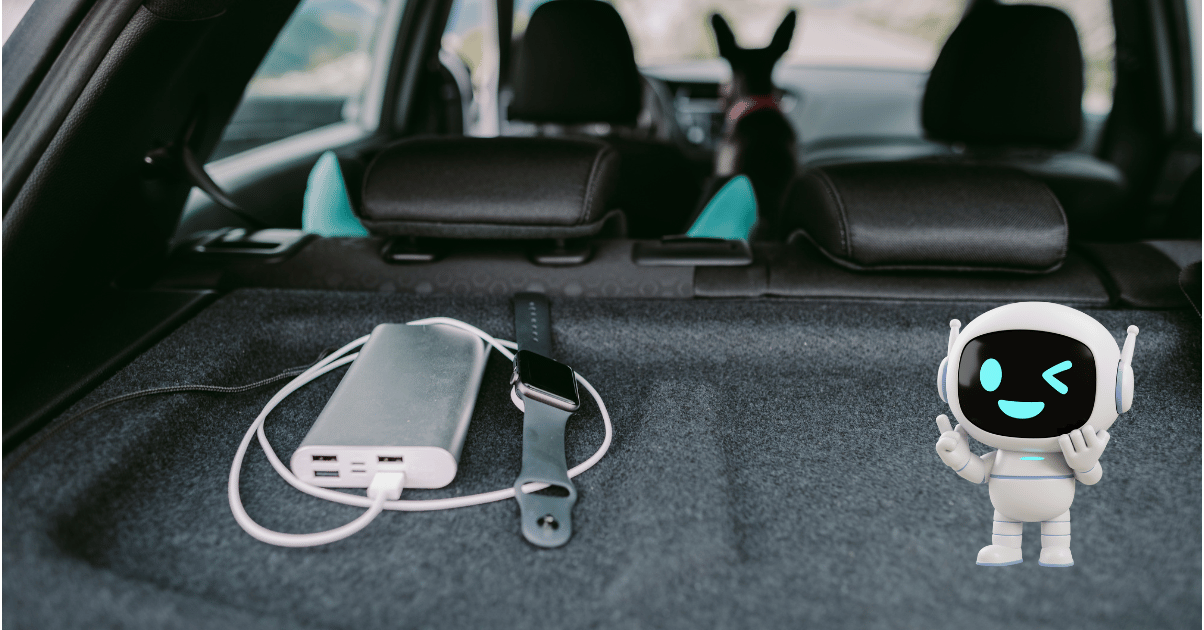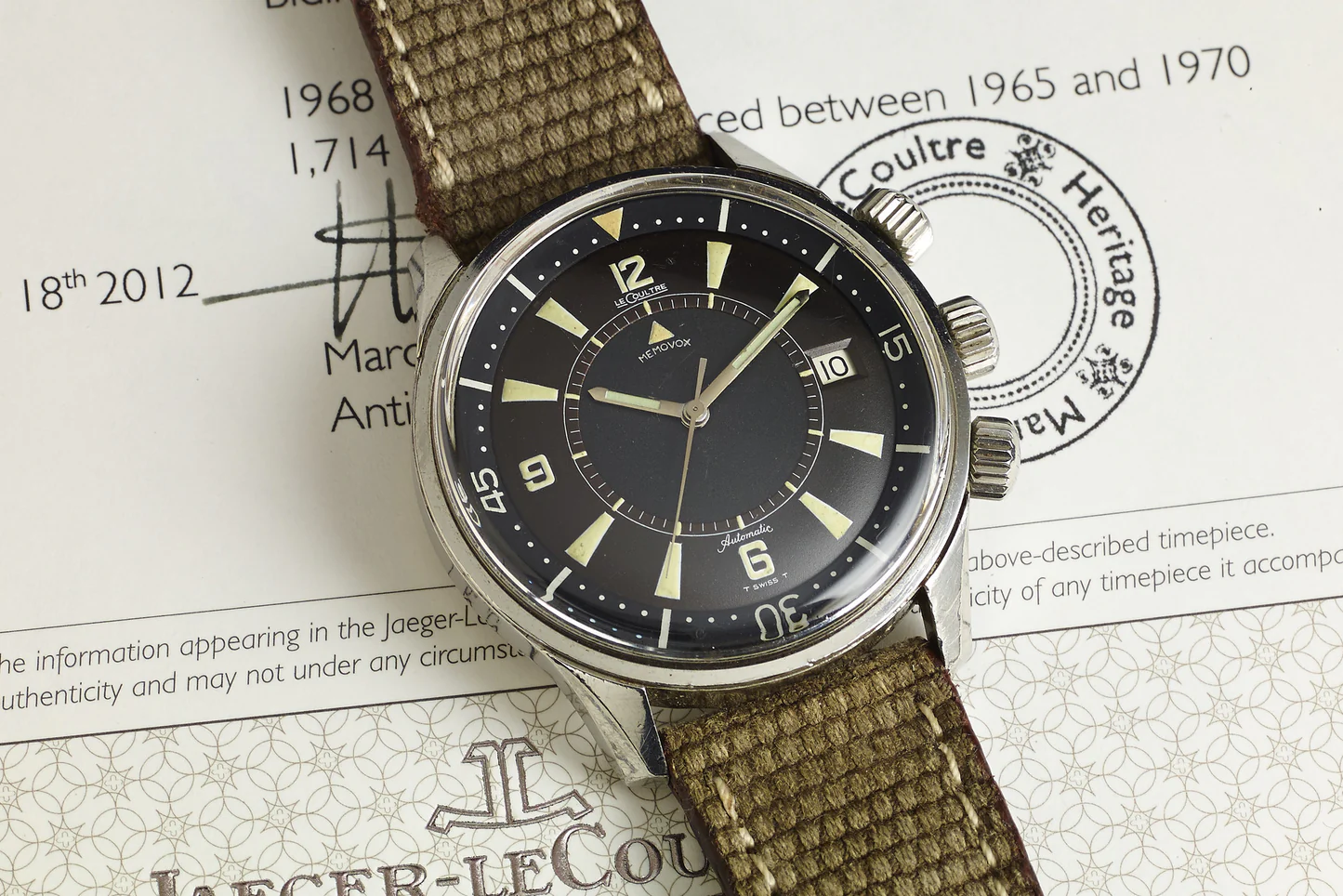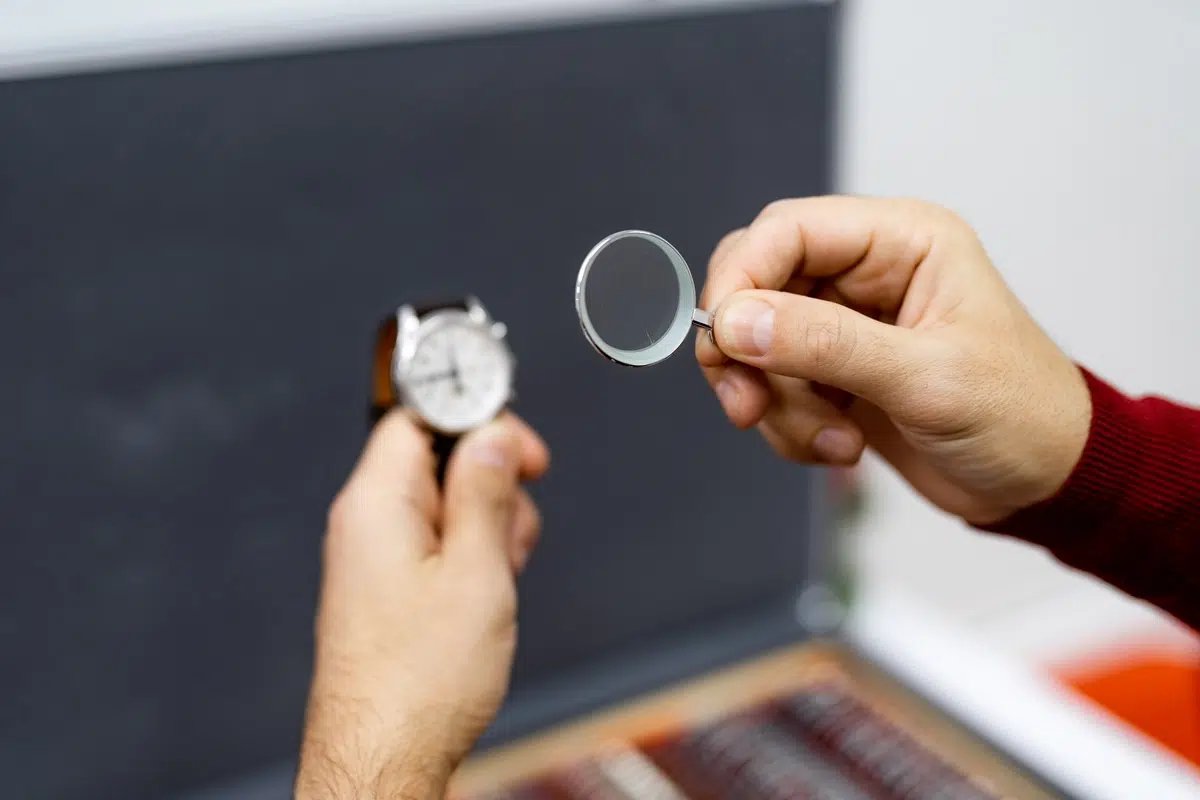Table of Contents
Alternative recharge methods for total autonomy
The portable solar charger: the energy of the sun at your service
In hiking, a portable solar charger transforms the sun’s rays into electricity. Just position it flat or hang it on your bag to accumulate energy. It is a Ideal solution for long staysbecause solar energy is inexhaustible in sunny conditions. To recharge a watch, favor a solar panel coupled with an external battery: this avoids interruptions due to clouds and stores energy for immediate use.
However, this method depends on weather conditions. A covered sky or an evening shorten the time of efficiency. In addition, the process is slower compared to an electrical outlet. To optimize its use, adjust the settings of your watch: Disable GPS in real time, reduce the screen brightness and limit the notifications. These gestures limit recharges.
Dynamo charger (crank): energy at your fingertips
The crank charger is a mechanical solution without climate dependence. By turning the crank for a few minutes, you generate electricity. It’s a Crucial asset in critical situationwhere neither sun nor external battery are available. For example, in an emergency, this device can feed a watch a few hours after 10 minutes of effort.
But its effectiveness remains limited: producing enough energy requires repetitive and long physical effort. In addition, the load transmitted to the watch is often partial. To overcome this, combine this method with a Prior energy storage in a power bank. This reduces tiredness linked to the crank while ensuring an electricity reserve.
Comparative table of nomadic charging solutions
| Solution | Benefits | Disadvantages | Ideal for … |
|---|---|---|---|
| External battery | Speed, high capacity, no weather stress | Weight, limited autonomy without recharge | Short hikes or trips with intermediate electrical outlet |
| Solar charger | Unlimited, ecological energy | Sun dependence, variable charging time | Treks of several days under a clear sky |
| Dynamo charger | Total independence, works under all conditions | Physical effort, low return | Emergency situations or extreme cases |
To avoid lacking energy, deactivate unnecessary sensors (GPS, cardio) and use the plane mode outside the surveys. An optimized watch can see its prolonged autonomy by 30 to 50 %, thus reducing the frequency of recharges. By combining these methods with good gestures, even the most demanding adventures remain without risk of electrical failure.
Less recharging by optimizing autonomy: the survival guide for your battery
GPS settings: the secret of a tenfold autonomy
GPS is the main energy consumer of a hiking connected watch. By spacing the surveys from 1 to 5 or 10 seconds, the autonomy can double. For slow activities such as hiking, precision remains sufficient. Disable secondary satellite systems (Glonass, Galileo): GPS alone is sufficient in most cases. Intelligent modes (ex: satiq at Garmin) automatically adjust precision according to the environment, Optimizing the autonomy/precision ratio. For long outings, some models are on the surveys up to 60 minutes, drastically reducing consumption.
In ultra-trail or long hike, good management of GPS parameters is often greater than the size of your external battery.
The “GPS only frequency” mode is particularly useful In dense forest or urban canyon, where multiple signals are easily blurred. In the mountains, also reduce the resolution of altitude measures. Watches with integrated barometer can compensate for this loss of precision using atmospheric pressure to estimate elevation.
The features to be deactivated to save energy
Prioritize these deactivations for win 20 to 30% autonomy ::
- Connectivity: Activate plane mode to cut Bluetooth, Wi-Fi and Ant+. This prevents the use of external sensors, but avoids constant consumption in standby. Even without active connection, These systems consume 5 to 10% of the battery by their simple activation.
- Cardio optical sensor : Disable it if heart tracking is not critical. Instead, use an external cardio belt via Ant+ which consumes less. Depending on the tests, the optical sensor can represent 7 to 15% of total consumption.
- Screen and backlight : Reduce the brightness to 10%, deactivate the ignition to movement and activate extinction after 10 seconds of inactivity. AMOLED screens in permanent display consume 2 to 3 times more. To save even more, go into monochrome mode if your watch allows.
- Alerts and vibrations: Cut non -essential notifications. Also deactivate validation sounds and automatic towers. These cumulative micro-discharges save up to 15% autonomy. Mechanical vibrations are particularly energy -consuming.
For a complete guide to battery optimization, Consult our dedicated article.
Create “Ultra” activity profiles for smart management
Configure “Long Rando” or “Ultra” profiles with pre-recorded energy settings. Some watches (ex: Garmin) allow change profile during activity to adapt consumption. Example: Start with a precise GPS for technical areas, then switch to economical mode on a marked path. Some models such as coros authorize the modification of the recording frequencies without stopping the activity.
By combining these tips, You will reduce your recharge dependence by 30 to 50%even at the end of several days. Also protect the cold watch (lithium-ion batteries lose 20% efficiency at 0 ° C) and use intelligent recording modes (ex: Ultramax at Coros) to avoid memory saturation during multiple recharges. For very long outings, activate the “long -standing” modes rather than numerous breaks, because each alarm consumes energy.






